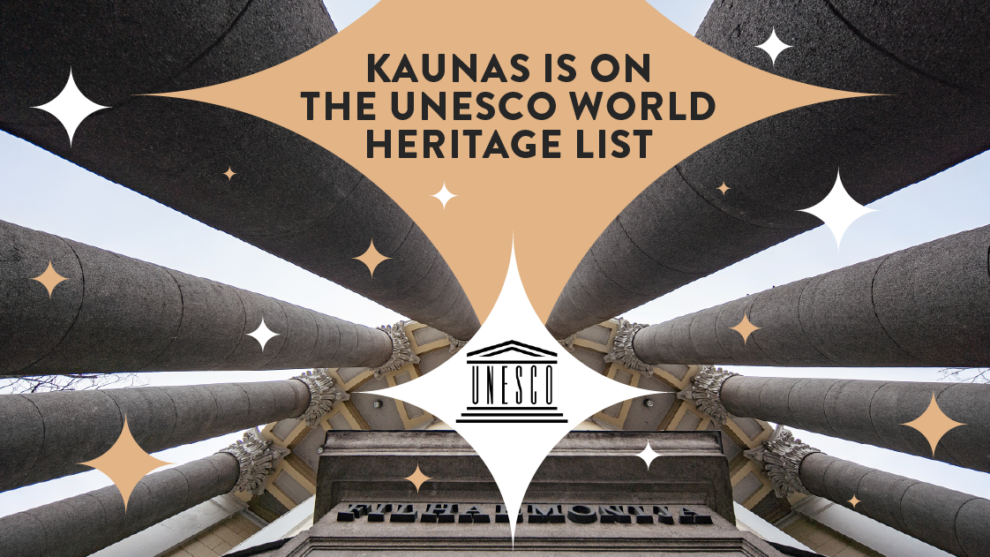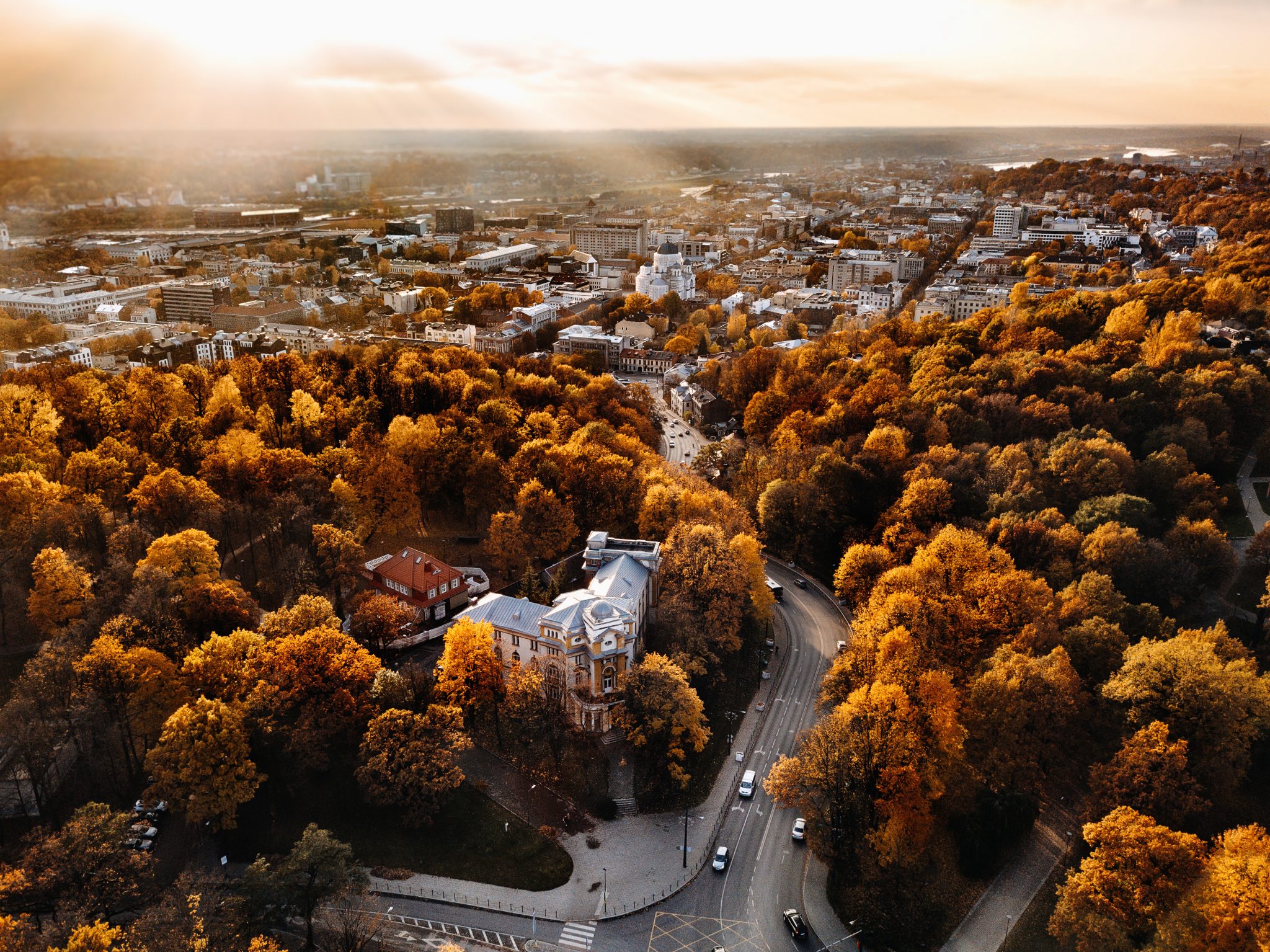Historical recognition: Kaunas interwar architecture is included in UNESCO World Heritage List

Paskelbta: 2023-09-18 (Monday)
The 45th session of the World Heritage Committee in Saudi Arabia approved Kaunas Modernist Architecture Application “Modern Kaunas: Optimism Architecture, 1919-1939”. The interwar architecture became the fifth value of our country to win the prestigious UNESCO status. On September 18, the city’s interwar buildings and their diversity in Žaliakalnis and Naujamiestis were recognised as a significant value for all humanity, present and future generations.
Representative of European Modernism
Kaunas received the utmost acknowledgment not only for the city, but also for the whole country – the name of the city will now be found on the UNESCO World Heritage List. At the 45th session of the World Heritage Committee in Riyadh, the application “Modern Kaunas: Architecture of Optimism, 1919-1939” was approved. The territories of Naujamiestis and Žaliakalnis with more than 1500 unique interwar buildings have earned global recognition.
On the World Heritage List, Kaunas is the only European city representing large-scale urbanisation during the interwar period, a diverse modernist architecture. The buildings of 1919-1939 are distinguished by the unique interpretations of modernist styles in which Art Deco, neoclassicism, traditionalism, functionalism and other influences can be recognised.
Kaunas is important for the World Heritage List as an example of the creation of the state, city, society and cultural identity and the change of values. It represents the new Europe – the countries that were born after the First World War, after the collapse of the empire. All of them created new identities, but the status of Kaunas Provisional Capital became unique and best preserved.
Public Relations Division’s information






